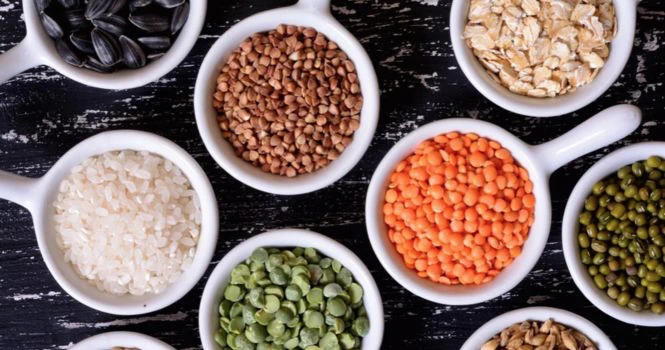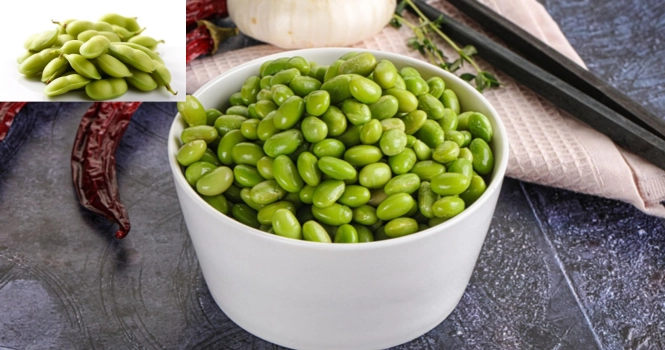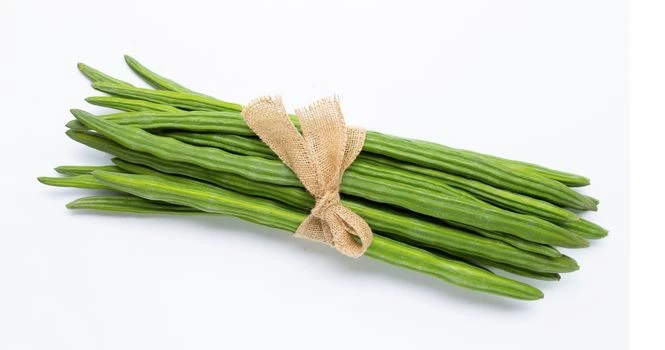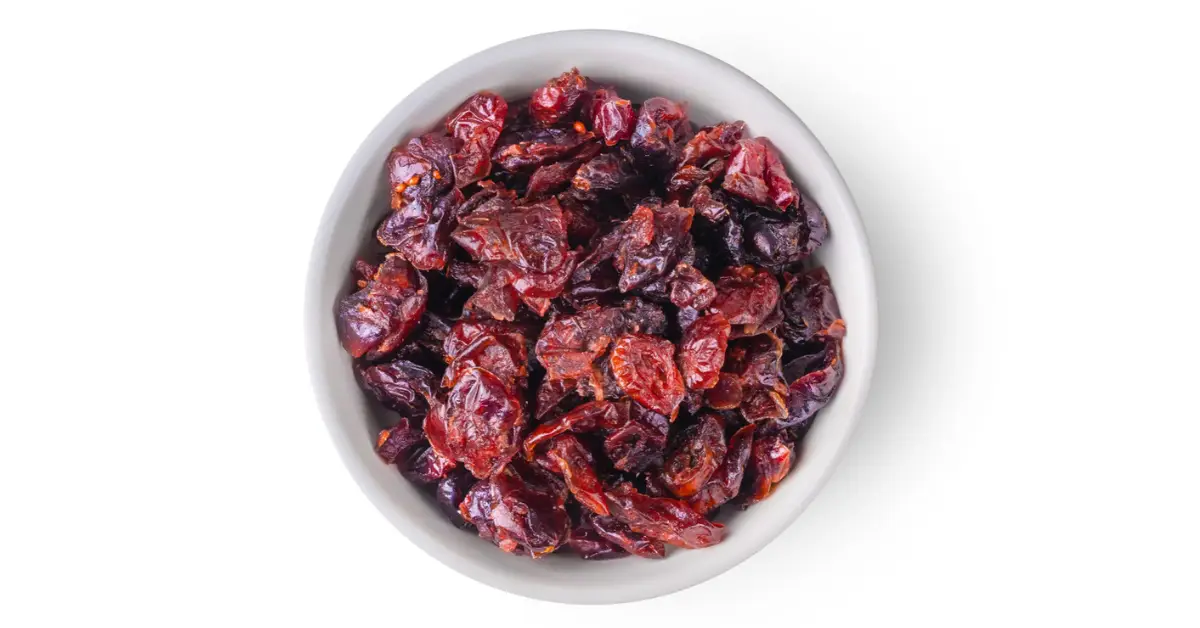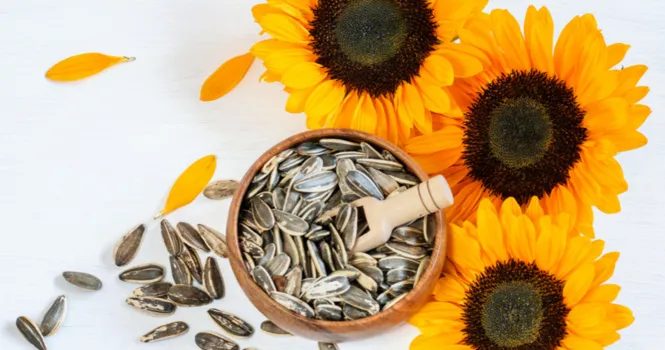Understanding the Calories in Roti: Comprehensive Nutritional Insights
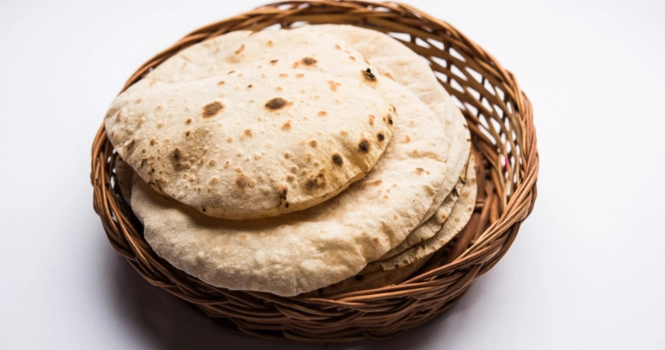
Calories in Roti are a topic of great interest for those mindful of their dietary intake, especially when comparing traditional Indian foods.
Roti, a staple in many Indian households, is often consumed without much thought to its caloric content.
However, understanding the nutritional value of what we eat is crucial for maintaining a healthy diet. Just as we’ve explored the calorie content and nutritional aspects of other popular Indian dishes like Poha, Idli, Dosa, and Upma, it’s essential to shed light on Roti.
This common yet significant part of Indian cuisine offers more than just energy but varies greatly depending on ingredients and preparation methods.
Commonly Made Roti’s and their approx Calories
| Type of Roti | Calories per Serving (approx) |
| Chapati | 104 |
| Roti | 106 |
| Paratha | 280 |
| Nan | 262 |
| Kulcha | 145 |
| Jowar | 88 |

Calories in Different Quantities and Types
| Type | Serving | Calories |
| Roti | 1 | 106 |
| Roti | 2 | 212 |
| Roti | 3 | 318 |
| Roti | 4 | 424 |
| Roti | 5 | 530 |
| Roti | 6 | 636 |
| Roti | 7 | 742 |
| Roti | 8 | 848 |
| Roti | 9 | 954 |
| Roti | 10 | 1060 |
| Roti | 12 | 1272 |
| Roti | 15 | 1590 |
| Roti | 20 | 2120 |
| Roti with Ghee | 1 | 126 |
| Roti with Ghee | 2 | 252 |
| Roti with Ghee | 3 | 378 |
| Roti with Ghee | 4 | 504 |
| Roti with Ghee | 5 | 630 |
| Roti with Ghee | 6 | 756 |
| Chapati | 2 | 208 |
| Chapati | 3 | 312 |
| Chapati | 4 | 416 |
| Chapati | 5 | 520 |
| Chapati | 6 | 624 |
| Chapati | 8 | 832 |
| Homemade Roti (without oil) | 1 serving | 85 |
Roti with ghee is often paired with healthy snacks or protein sources like dal, sprouts, or even roasted chana, which is known for its low-fat, high-protein profile
Calories in Different Types of Rotis
| Type of Roti | Serving Size | Calories per Serving (approx) |
| Ragi Roti | 1 roti | 102 calories |
| Nachni Roti | 1 roti | 108 calories |
| Makki Ki Roti | 1 roti | 112 calories |
| Tandoori Roti (without butter) | 1 roti | 160 calories |
| Bajra Roti (with ghee) | 1 roti | 150 calories |
| Rumali Roti | 1 roti | 78 calories |
| Multigrain Roti | 1 roti | 120 calories |
| Missi Roti (with ghee) | 1 roti | 130 calories |
| Atta Roti | 1 roti | 104 calories |
| Besan Roti | 1 roti | 110 calories |
| Maida Roti | 1 roti | 114 calories |
| Barley Roti | 1 roti | 99 calories |
| Corn Roti | 1 roti | 85 calories |
| Methi Roti | 1 roti | 90 calories |
| Phulka Roti | 1 roti | 71 calories |
| Rice Flour Roti | 1 roti | 120 calories |
| Rajgira Roti | 1 roti | 94 calories |
| Dal Roti | 1 roti | 130 calories |
| Butter Roti | 1 roti | 150 calories |
| Bran Roti | 1 roti | 80 calories |
| Wheat Flour Roti | 1 roti | 104 calories |
| Rice Roti | 1 roti | 130 calories |
| Naan Roti | 1 roti | 137 calories |
Please note that the calorie counts are approximate and can vary based on the recipe, size of the roti, and specific ingredients used.
| Type of Roti/Chapati | Approximate Calories per Serving |
| Choker Roti | 80-110 |
| Dhalpuri Roti Skin | 200-250 |
| Almond Flour Roti | 150-200 |
| Jaggery Roti | 120-180 |
| Jamaican Roti | 200-300 |
| Roti King | Varies based on type |
| Kothu Roti | 350-400 |
| Khasta Roti | 100-150 |
| Kenyan Chapati | 110-160 |
| Sri Lankan Roti | 100-150 |
| Lentil Roti | 120-170 |
| Meethi Roti | 150-200 |
| Roti Naan | 130-190 |
| Roti Paratha | 200-250 |
| Roti Planta | 150-200 |
| Pol Roti | 100-150 |
| Palak Roti | 120-170 |
| Quinoa Roti | 90-140 |
| Rava Roti | 90-140 |
| Rajma Roti | 130-180 |
| Chicken Chapati Roll | 200-300 |
| Roti Skin | 80-120 |
| Roti Sardin | 200-250 |
| Sooji Roti | 80-130 |
| Sukha Roti | 70-100 |
| Sorghum Roti | 90-140 |
| Spinach Roti | 120-170 |
| Trinidad Roti | 200-250 |
| Tawa Roti Wheat | 100-150 |
| Thai Roti | 250-300 |
| Kashmiri Roti | 120-180 |
| Chawal Ki Roti (Rice Roti) | 80-120 |
| Small Roti | 60-80 |
| Medium Roti | 80-110 |
| Large Roti | 120-160 |
| Tandoori Roti with Butter | 150-200 |
| Aloo Roti (Potato Roti) | 150-200 |
| Buckwheat Roti | 100-150 |
| Double Roti | 200-250 (depends on size) |
| Flour Roti | 80-120 |
| Oats Roti without Wheat | 90-140 |
| Paneer Roti | 150-200 |
| Ragi Roti without Oil | 80-120 |
| Rice Chapati | 80-120 |
| Whole Wheat Roti | 80-110 |
| White Roti | 100-140 |
| Roti Curry | 150-250 (varies with curry) |
| Roti with Peanut Butter | 250-300 (depends on spread) |
| Corn Flour Roti | 90-130 |
| Millet Roti | 90-140 |
| Roti per 100g | 300-350 (average) |
| Amaranth Roti | 90-130 |
| Afghani Roti | 120-170 |
| Beetroot Roti | 100-150 |
| Chana Roti (Chickpea Flour) | 120-170 |
| Coconut Roti | 150-200 |
Frequently Asked Questions
How many calories does 1 Roti have?
The calorie content of one roti varies depending on the ingredients and size. A standard medium-sized whole wheat roti typically contains about 80-110 calories.
How many calories in a Maida Roti?
Maida (refined flour) roti usually has slightly more calories than whole wheat roti, averaging around 100-140 calories per medium-sized piece, depending on its size and thickness.
Is Roti better than rice?
Both roti (especially when made from whole grains like whole wheat) and rice have their own nutritional benefits.
Roti is generally higher in fiber and nutrients if made from whole wheat, while rice is easier to digest and may be better for those with digestive issues. The choice between roti and rice depends on individual dietary needs and preferences.
Which is healthier: paratha or roti?
Regular roti is generally healthier than paratha. Roti, especially when made from whole grains, is lower in calories and fat.
Parathas often contain added fats like ghee or oil and sometimes stuffing, which increases their calorie content.
Is maida or atta better for weight loss?
Atta (whole wheat flour) is generally better for weight loss than maida (refined flour). Whole wheat flour has more fiber, which can help in feeling fuller for longer and can aid in better digestion and metabolic health.
How many rotis to eat for weight loss?
The number of rotis suitable for weight loss varies depending on individual calorie needs, which are influenced by factors like age, sex, weight, height, and physical activity levels.
Generally, portion control and balancing rotis with a healthy mix of vegetables, protein, and healthy fats is key.
How many roti should I eat?
The appropriate number of rotis in a meal depends on your total daily calorie needs and the rest of your diet. It’s typically recommended to include a balanced portion of carbohydrates, proteins, and fats in each meal.
Is roti good or bad for weight loss?
Roti can be part of a weight loss diet if consumed in moderation. Opting for rotis made from whole grains and balancing them with vegetables, lean protein, and healthy fats can create a nutritious and satisfying meal that supports weight loss.
Are Rotis and Chapati the same?
Roti and chapati are terms that are often used interchangeably, but they can have subtle differences depending on the region and context.
1. Roti: This is a generic term used in many parts of South Asia to refer to any type of flatbread. Roti is usually made from whole wheat flour (atta) and water, and sometimes salt. It is typically unleavened and cooked on a flat pan. Rotis can be soft or crisp, thin or thick, depending on how they’re prepared.
2. Chapati: Chapati is a type of roti, specifically a thin, unleavened flatbread, commonly eaten in India. Like roti, it is typically made from whole wheat flour, water, and sometimes a bit of salt. The dough is rolled into flat discs and cooked on a hot pan until it puffs up. Chapatis are known for being soft and fluffy.
In many parts of India and in general conversation, the terms ‘roti’ and ‘chapati’ are used synonymously to describe the same type of bread. However, in some regional cuisines, ‘roti’ might refer to a broader range of breads that could include varieties made from different flours or with additional ingredients.
![]()




